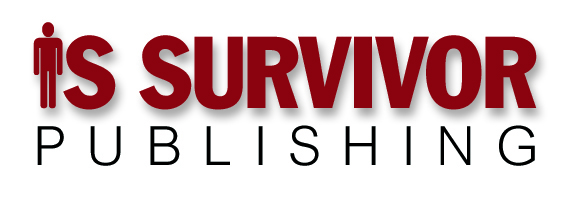In response to my recent plugging of my daughter’s nascent contract programming business and my reference to the POTUS’ Twittering support of his own daughter’s business to justify it, a long time subscriber and correspondent wrote, “I am SICK TO DEATH of the politicization of EVERYTHING. Strike two, I unsubscribe next time.”
Huh. I thought I’d indulged in nothing more than a harmless wisecrack, and in fact, unlike various recent Oscar winners, I’ve restrained myself from political commentary in KJR in spite of near-daily temptations.
And, let me cast my vote in the same direction: I’m also sick to death of the politicization of everything, although I doubt my correspondent and I mean the same thing when we say it.
Which brings us to this week’s anti-politicized topic: dealing with politicization in the organization you work in.
But first, let’s be clear about what “politicized” means.
At the easiest-to-deal-with level, politicization means talking about politics in the office. It’s easy to deal with because given the current public political climate it’s an awful idea. Nothing good can come from it … no one will persuade anyone who isn’t already on their side of a given issue and there’s no need to persuade someone who already is.
Either way the most likely outcome of a political conversation is inflammation for all conversing parties, who all also risk damaging their personal relationships with the each other party in the bargain.
At the next level, politicization is a synonym for tribalism: Dividing the world into us and them and viewing them, not as opponents, but as enemies. In the public sphere this is what has made our political climate so toxic. In the enterprise it’s one of the root causes of organizational silos with high walls and minimal collaboration.
Worse is that tribalism almost invariably escalates, as each side views hostile behavior on the other’s part through a magnifying lens, calling for an even-more amplified response.
It’s my impression that silo-driven attitudes and behavior are, as a broad trend, becoming worse in most enterprises, although, as there is no good measure of organizational silo height I can’t prove the point. Nonetheless, whatever the trend line, politicized organizations in this sense of the word handicap themselves when competing with their more cognitive counterparts.
But not as badly as organizations that take politicization to the next level. Call it political epistemology.
Epistemology — the study of what it means to “know” something — is, in addition to being eye-glazingly opaque, quite frustrating to deal with. Peel the epistemological onion and you’ll reach two equally unsatisfying conclusions: (1) It is sensible to be more confident of some propositions than others, based on the comparative levels of evidence and logic in their favor. But (2) it isn’t sensible to be completely certain of any proposition, with the possible exception of the proposition that certainty isn’t possible.
Political epistemology is what happens when what to believe and how certain to be of it depends on an individual’s tribal inclinations.
Never mind public policy and how someone’s party affiliation shapes their beliefs about What Works. There are plenty of business examples right in front of you, from decisions about strategy, to IT’s choice of virtualization technology, to which PaaS provider is best, and whether to deploy its technology stack inside the corporate firewall or to contract for external hosting.
No, no, no, no, no. I’m not saying Democrats favor private clouds while Republicans prefer public ones. Among the metaphorical breakdowns here: Businesses tend to have more than just two major metaphorical political parties. Heck, IT tends to have more than just two, with many IT professionals enjoying at least dual citizenship besides, with such fracture lines as Windows vs Linux, COTS (commercial off-the-shelf) vs open source, Waterfall vs Agile, and Engineering-and-Architecture vs Management-and-Finance.
The hazard doesn’t come from individuals having these inclinations. They’re natural and probably inevitable.
No, the hazard comes from the close-minded certainty that starts with “my tribe is good, my tribe’s allies are good enough, and every other tribe is deluded and evil” and finishes with the by now commonplace phrase “confirmation bias,” which means, if you’re among the uninitiated, that people uncritically accept any and all inputs that affirm their pre-existing beliefs while nit-picking to death anything that appears to contradict them.
Is Keep the Joint Running becoming politicized? As the poet Robert Burns wrote,
O wad some Power the giftie gie us
To see oursels as ithers see us!
It wad frae mony a blunder free us,
An’ foolish notion
Which is to say, you’ll have to tell me.

